What is a Pallet Network and How Do They Work?
Pall-Ex delivers millions of pallets through its network each year, but what is a pallet network and how exactly do they work?
Updated: 04/07/2025
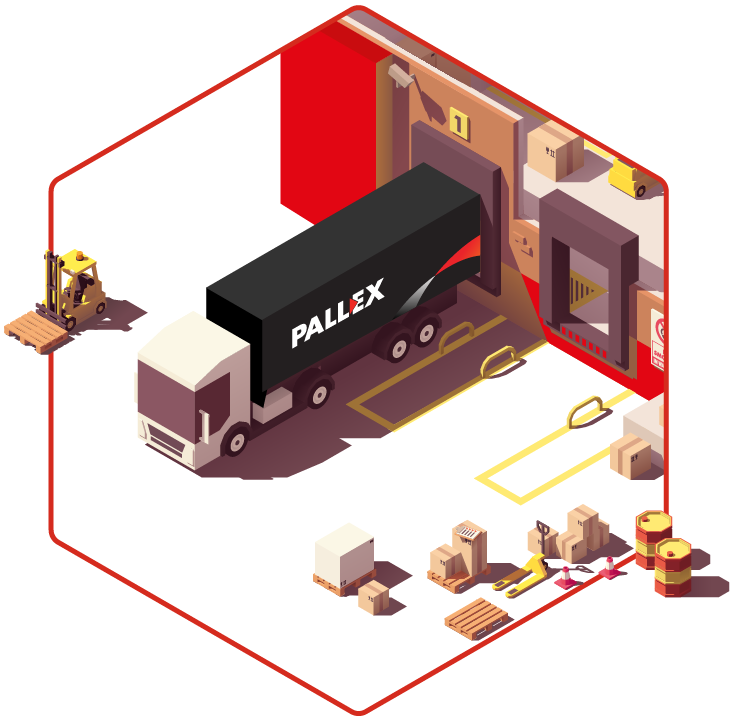
Pallet Deliveries
Getting your goods to their destination on time is the goal for every business; selecting the right delivery method can have a huge impact on this.
The challenge when delivering anything, particularly large or heavy items, is balancing cost, efficiency, and sustainability. Quick deliveries aren’t cheap and can also come with a huge environmental cost, while the most sustainable options often come with a hefty price tag.
But with a pallet network, you can enjoy the best of all three. The unique hub-and-spoke system moves pallets more cost-effectively than other methods of road transport, while offering quick turnaround times and making every journey count.
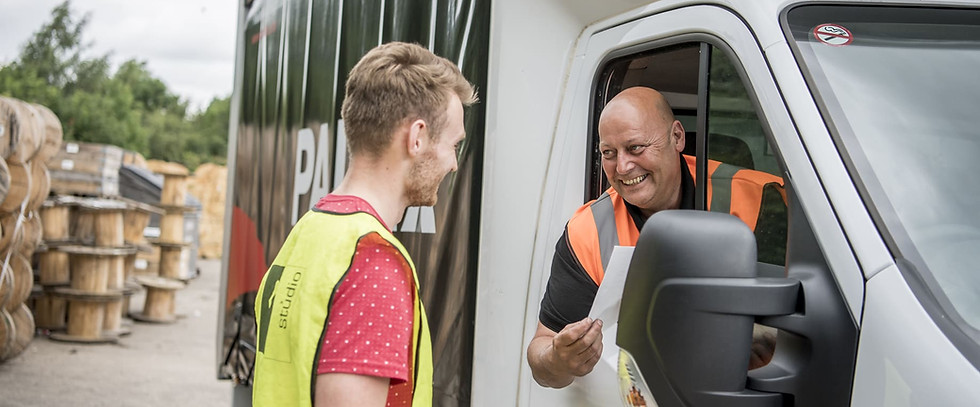
What is a Pallet Network?
A pallet network is a collective of haulage businesses working together to collect and deliver palletised freight.
The pallet network model was devised in the early 1990s to make pallet delivery more efficient and cost-effective. Since then, this delivery method has grown in popularity and is now responsible for moving almost 30 million pallets across the UK each year.
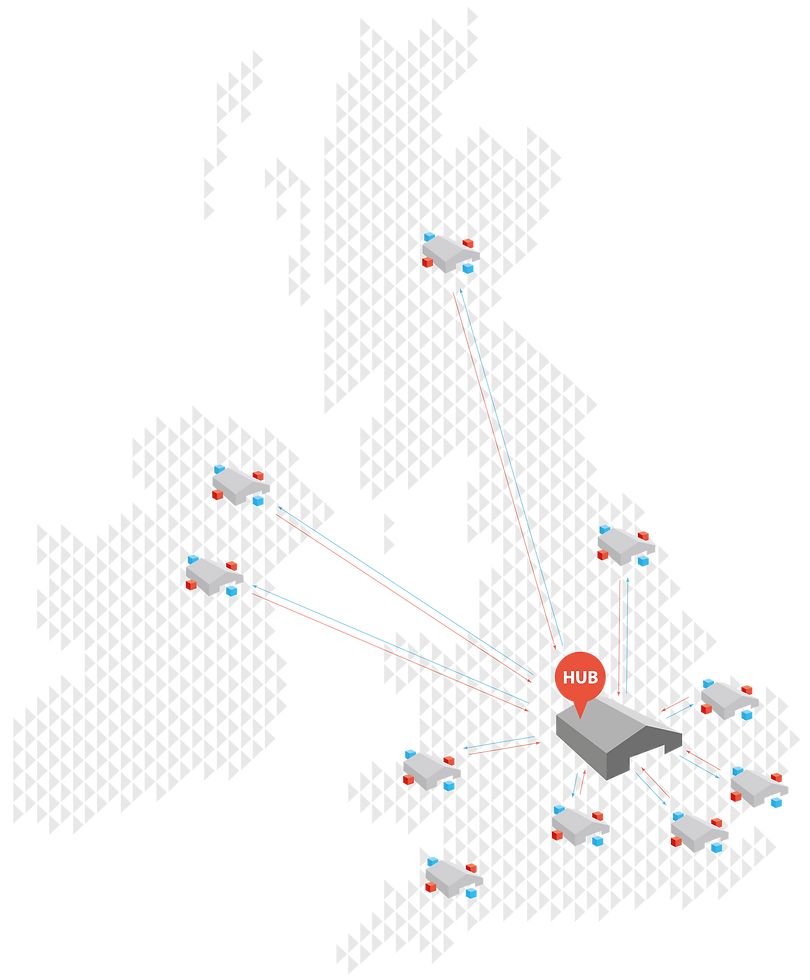
How Does a Pallet Delivery Network Work?
Each pallet network is made up of ‘member’ hauliers who each operate within an assigned territory to collect and deliver freight on behalf of the network.
Members will collect freight in their allotted postcode area and take it back to their depot for consolidation. This freight is then taken to a hub facility, where it is sorted based on delivery location and sent to the delivery depot to complete the final stretch of its journey. This is known as the hub-and-spoke distribution model.
It's not only their green credentials that make pallet networks a popular choice; you also benefit from:
-
Lower costs
-
A choice of service levels (next-day, economy, and timed options available)
-
Delivery to all UK postcodes
-
International delivery options
What are the Benefits of Using a Pallet Network?
Pallet networks were originally invented to create a more cost-effective method for delivering small consignments of palletised freight across the country. Before this, hauliers would either have to delay delivery until they had a full vehicle load heading for the same destination or run vehicles with very few pallets on them at great monetary and environmental cost.
Nowadays, pallet networks achieve a vehicle utilisation that is 50% higher than the wider road freight transport sector, taking vehicles off the road and reducing mileage per pallet.
What Can I Send on a Pallet?
For the vast majority of items, if it fits on a pallet, we can ship it! Pallet delivery is ideal for transporting large, heavy items, or several boxes of smaller items that are destined for the same location. Common uses include household appliances, building materials, sports equipment and ambient food.
However, some items are prohibited for transportation through our network and certain products such as corrosive substances can only be transported by specialist hauliers.
If you’re new to the world of pallet deliveries, we’ve put together a helpful guide to talk you through how to prepare your freight for delivery.


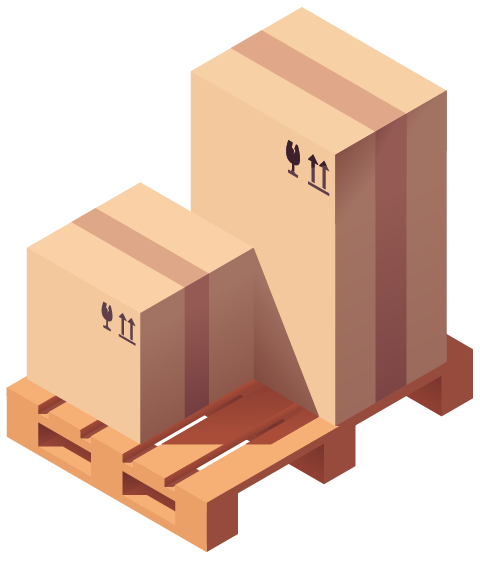
What is Kerbside Delivery?
Kerbside delivery is the standard service for deliveries to residential addresses. The delivery driver will position their vehicle in a suitable location as close as possible to the delivery point to unload the goods. The pallet will then be left in a safe kerbside location but not delivered inside the property or in any front or back gardens.
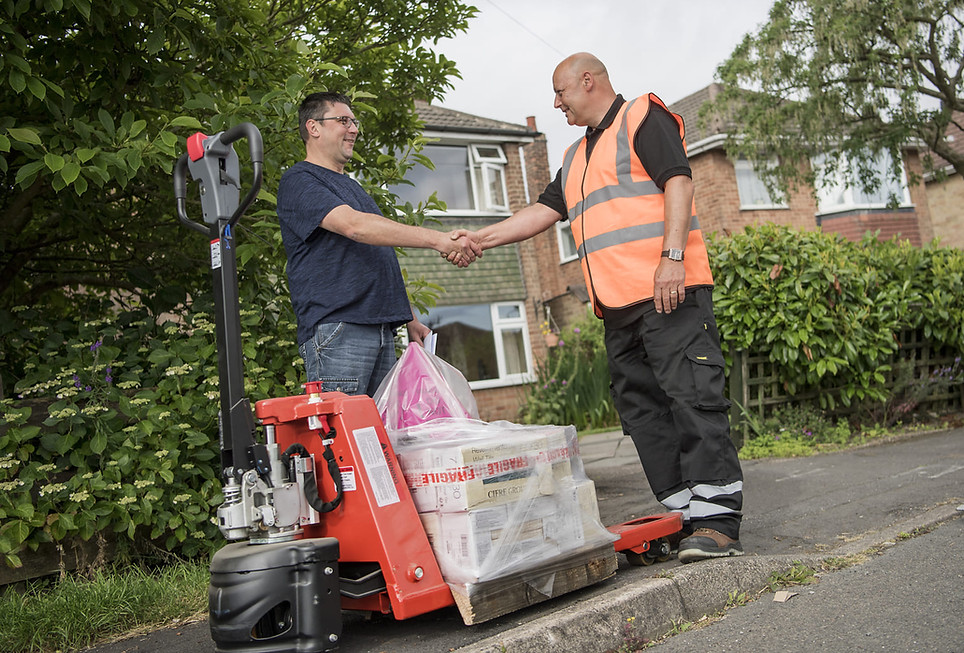
Need to Book a Pallet Delivery?
Whether you’re new to networks or considering your options for different providers, our team would be happy to talk to you. Get in touch today to find out who your nearest Pall-Ex member is.



